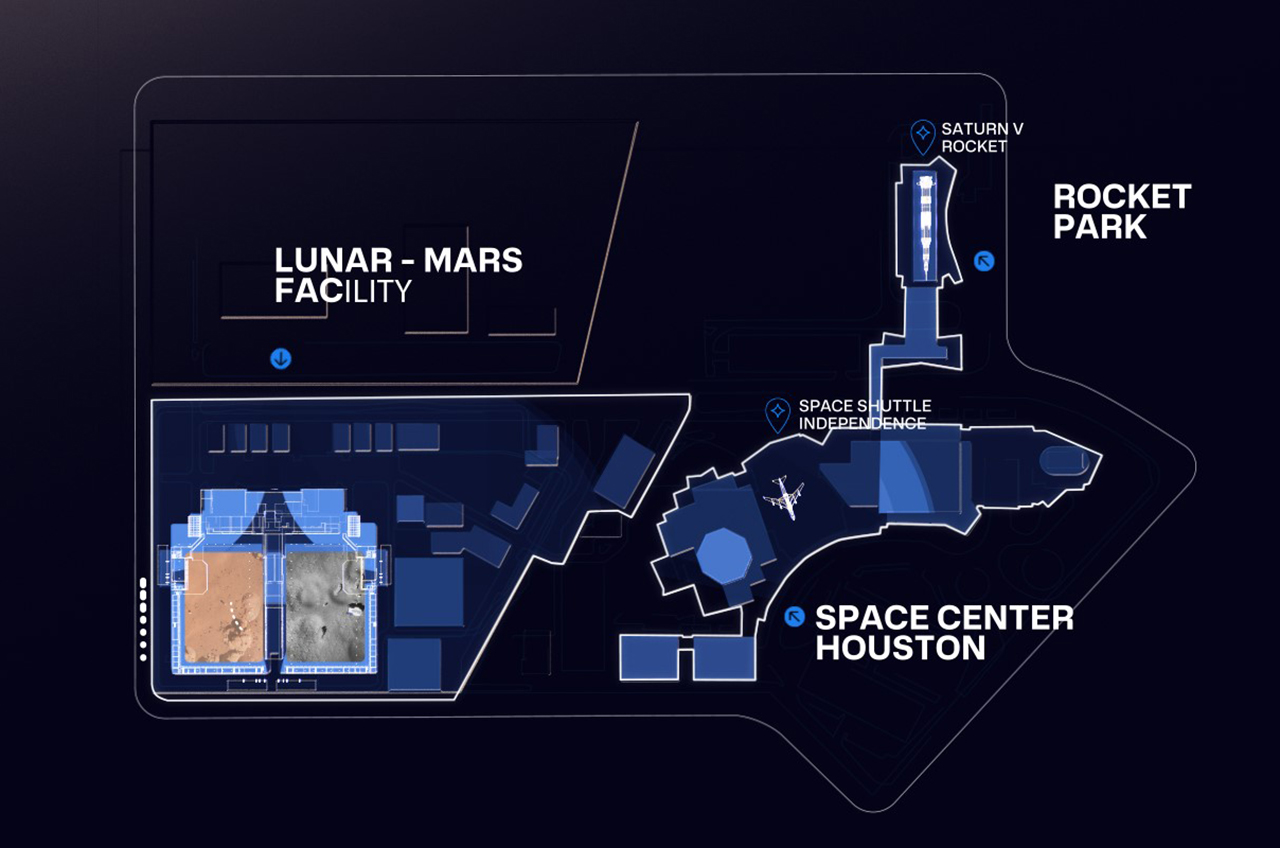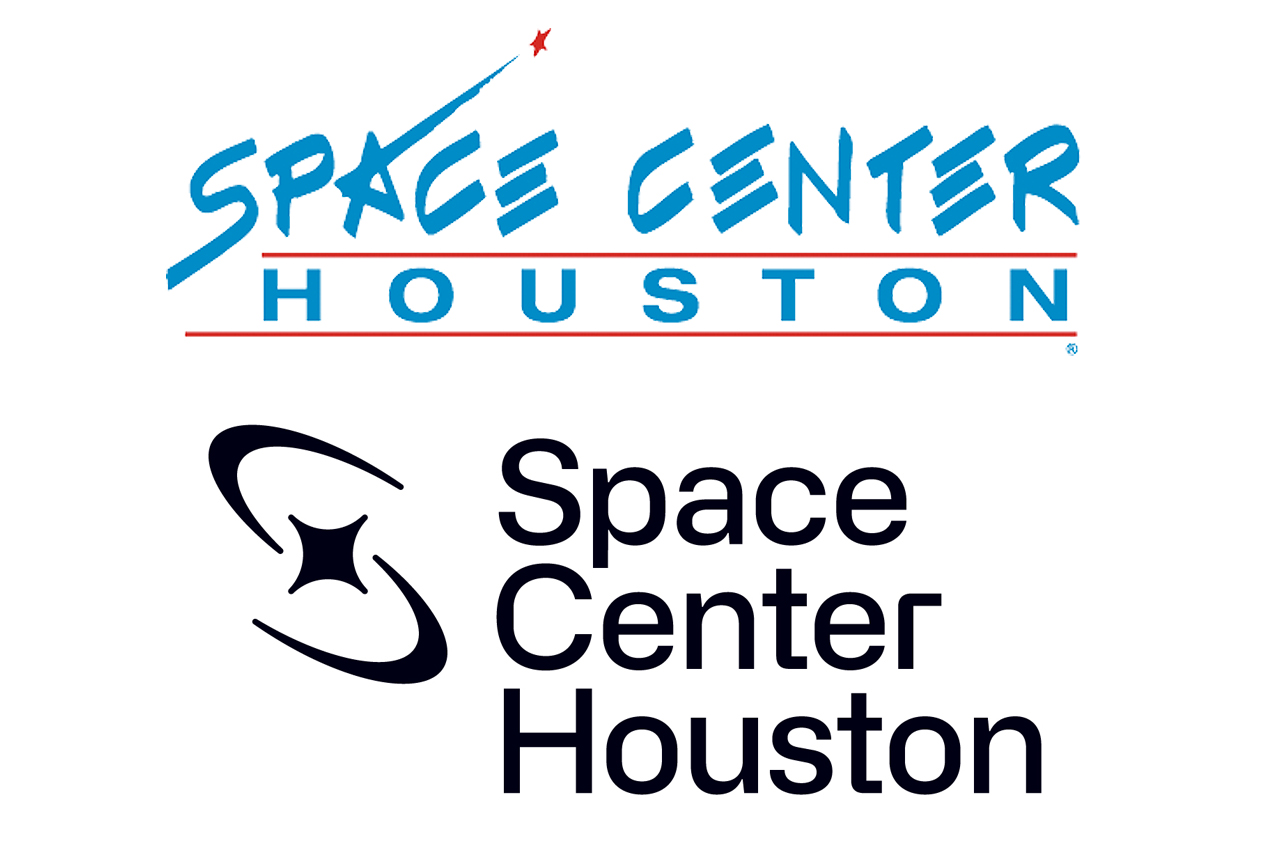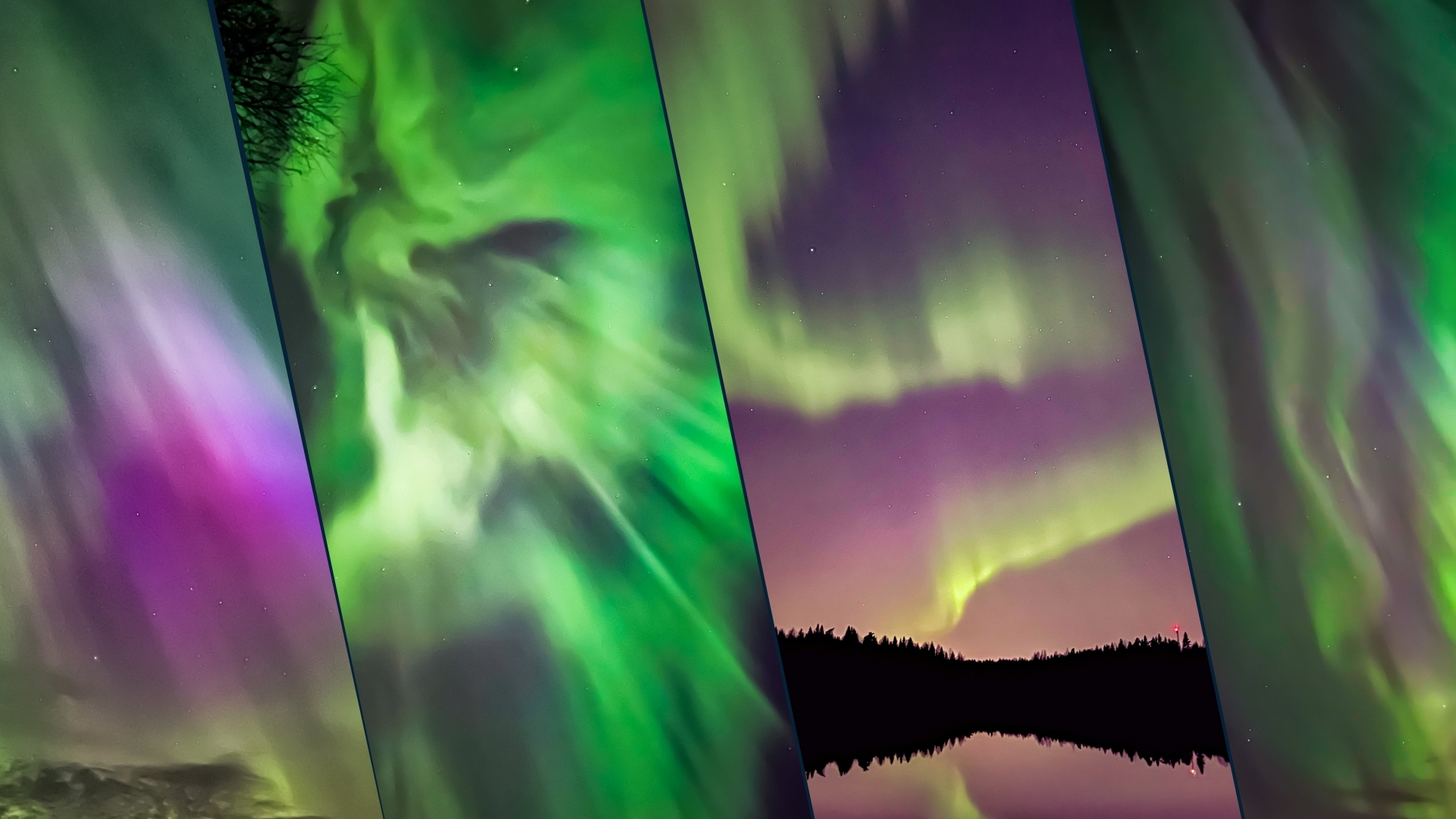Space Center Houston unveils new logo, plans for Lunar Mars facility
"Bringing space and people closer."

As NASA works to send astronauts back to the moon and onto Mars, Space Center Houston plans to bring both worlds to the public.
Marking 30 years since it opened as the visitor center for Johnson Space Center — home of Mission Control and NASA's astronaut corps — Space Center Houston debuted a new logo and announced it will build enclosed, simulated lunar and Martian terrains as part of a multi-year transformation.
"We have developed a new brand ideology, with our core purpose to bring people and space closer together," William Harris, president and chief executive officer of Space Center Houston, said in an interview with collectSPACE.com. "Our first vision for this is a surface integration facility."
Related: Johnson Space Center (JSC): NASA's 'Houston'
The Lunar Mars Immersive Experience and Learning Center will be built on a 100-acre (40-hectare) section of Space Center Houston's property, opening as soon as the end of 2024. Though the budget is not yet finalized, the facility is expected to cost several hundred millions of dollars when complete.
"The goal is to provide an environment that inspires learning, where the public can observe the testing of robotic vehicles and other tools being used and developed for exploration, so it supports both NASA and the commercial sector." said Harris. "It is a place where astronauts may train. They may be testing new spacesuits with gravity-offload systems and in environments where they may find themselves on the moon and Mars."
An elevated exhibit hall will overlook the two surfaces, providing the public with the chance to watch as astronauts prepare for missions on the lunar surface and the Red Planet. The facility will also have modular surface labs and dedicated STEM (science, technology, engineering and mathematics] learning centers.
Get the Space.com Newsletter
Breaking space news, the latest updates on rocket launches, skywatching events and more!
"We are proposing this facility have over one hundred 400-square-foot laboratory spaces that could be used by nonprofit, government and commercial sector partners to do their own experiments and be able to use the surface to advance their own research. We also are looking to have our academic partners involved, so there could be graduate students and faculty members who use this space," said Harris.
"We really intend it to be a facility that probably no other organization would build on their own, but all would want to have the use of," he said.

Space Center Houston conducted more than 40 planning sessions with scientists and engineers from Johnson Space Center, as well as with its commercial and academic partners to determine what were the greatest needs of the community. With the plan is ready to move forward, the center has already received requests to sign contracts to set aside spaces in the laboratories and other areas.
"The demand is quite high," said Harris. "There is a lot of enthusiasm for this space coming online because there's nothing else that exists like it in the world at this point in time."
The Johnson Space Center does have a "rock yard," formally known as the Planetary Analog Test Site, which simulates the general features of the lunar and Martian surface terrains. Johnson also runs a program called D-RATS, or Desert Research and Technology Studies, that sends groups out to test and develop the techniques for working on the moon or Mars (a crew of six astronauts and engineers from NASA and the Japan Aerospace Exploration Agency are at Black Point Lava Flow, 40 miles from Flagstaff, Arizona, this week, living and working in a NASA pressurized rover as part of a simulation for future Artemis missions).
The terrains in Space Center Houston's Lunar Mars Immersive Experience and Learning Center will be indoors, offering advantages over the outside spaces currently in use, according to Harris.
In addition to announcing the new facility, Space Center Houston also unveiled a new brand identity driven by its shared purpose to "bring people and space closer together." The new logo, which features a galaxy-like mark incorporating an "S" for "Space Center Houston" and a star from its legacy logo, in intended to symbolize the evolution of the center and its future.

"We wanted something that better reflected where we are at at this point in time and where we're going in the future," Harris told collectSPACE. "Something that had the feeling of an homage to our past but was crisp, clean and represented our much more laser-focused mission as an organization."
The logo debuted on Tuesday (Aug. 18) with new indoor and outdoor signage, as well as online on the center's website and social media channels.
The new branding and the Lunar Mars Immersive Experience and Learning Center are the first phase of a facilities master plan that will evolve Space Center Houston for the years to come.
"I hope the public is going to be very excited about what the future holds," Harris said. "This is part of our larger plan to change our guest experience here, making our exhibits and programs much more immersive."
Follow collectSPACE.com on Facebook and on Twitter at @collectSPACE. Copyright 2022 collectSPACE.com. All rights reserved.
Join our Space Forums to keep talking space on the latest missions, night sky and more! And if you have a news tip, correction or comment, let us know at: community@space.com.

Robert Pearlman is a space historian, journalist and the founder and editor of collectSPACE.com, a daily news publication and community devoted to space history with a particular focus on how and where space exploration intersects with pop culture. Pearlman is also a contributing writer for Space.com and co-author of "Space Stations: The Art, Science, and Reality of Working in Space” published by Smithsonian Books in 2018.In 2009, he was inducted into the U.S. Space Camp Hall of Fame in Huntsville, Alabama. In 2021, he was honored by the American Astronautical Society with the Ordway Award for Sustained Excellence in Spaceflight History. In 2023, the National Space Club Florida Committee recognized Pearlman with the Kolcum News and Communications Award for excellence in telling the space story along the Space Coast and throughout the world.











